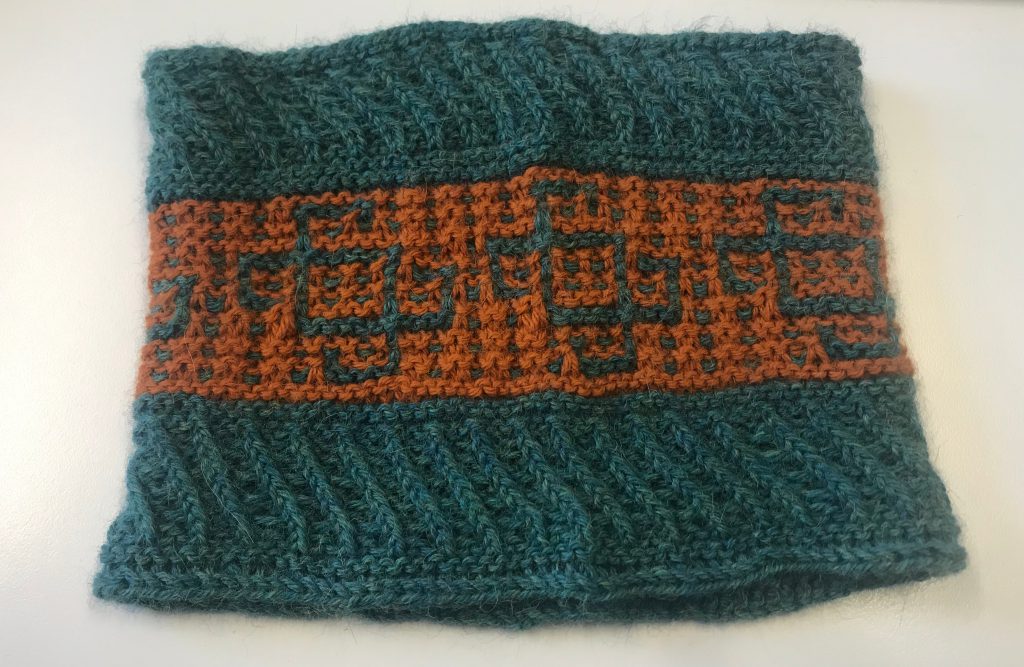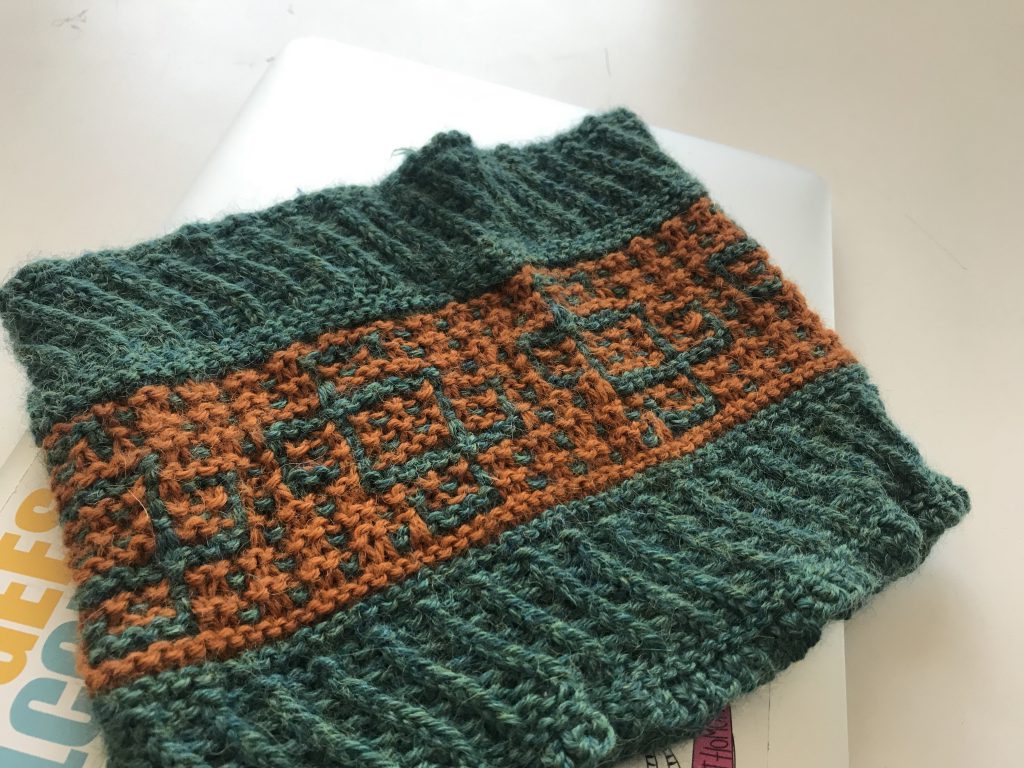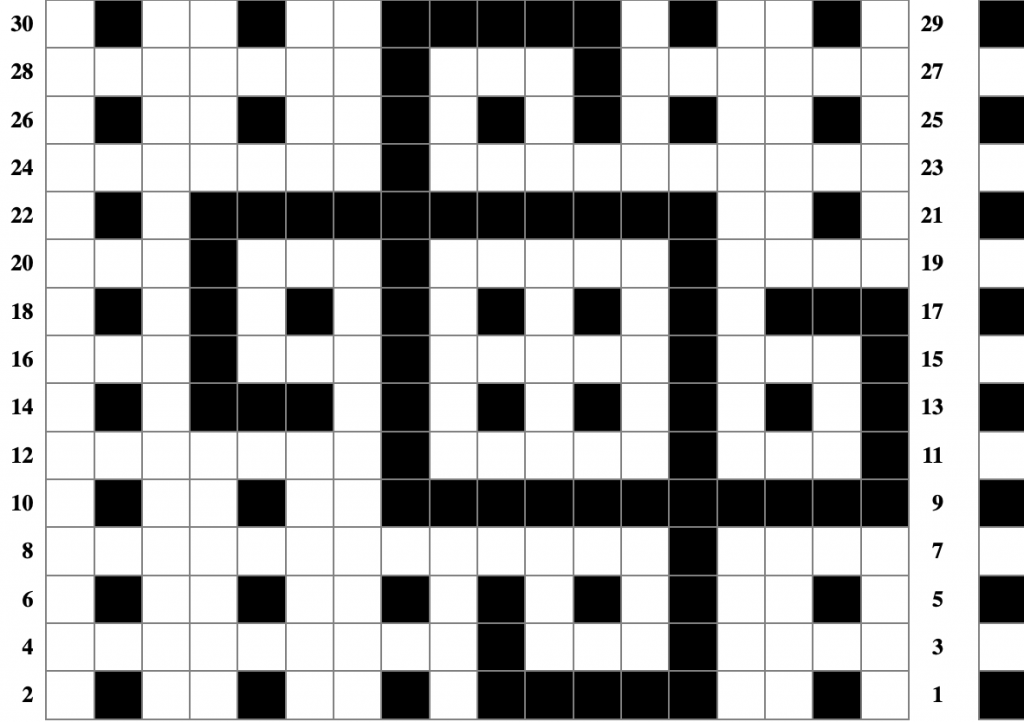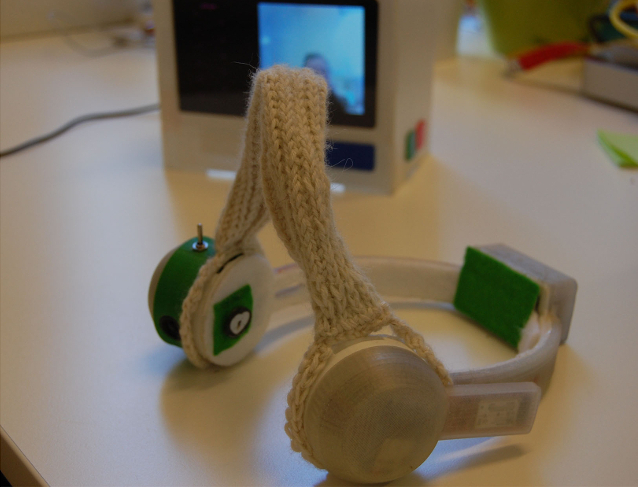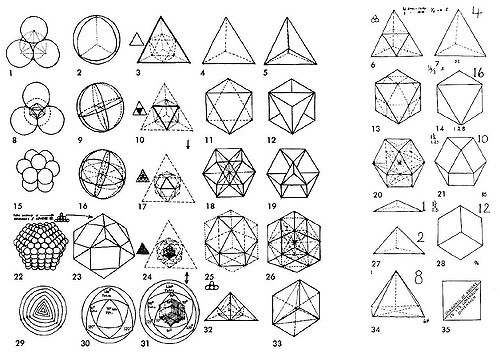This is a crosspost from an article, I wrote first on Medium.
Yesterday evening, I gave a talk at the eMedia Research Lab at KU Leuven about “Bodies in Play”. It attracted a surprisingly large audience asking interesting and intriguing questions that challenged and strengthened my theoretical explorations in this area.
Additionally, there seemed to be interest by others to hear about these thoughts, so I’m providing a transcript here. The associated slides are also available on my website and if you’re interested in reading more, the original paper and a short medium blog post are both available for you to peruse.
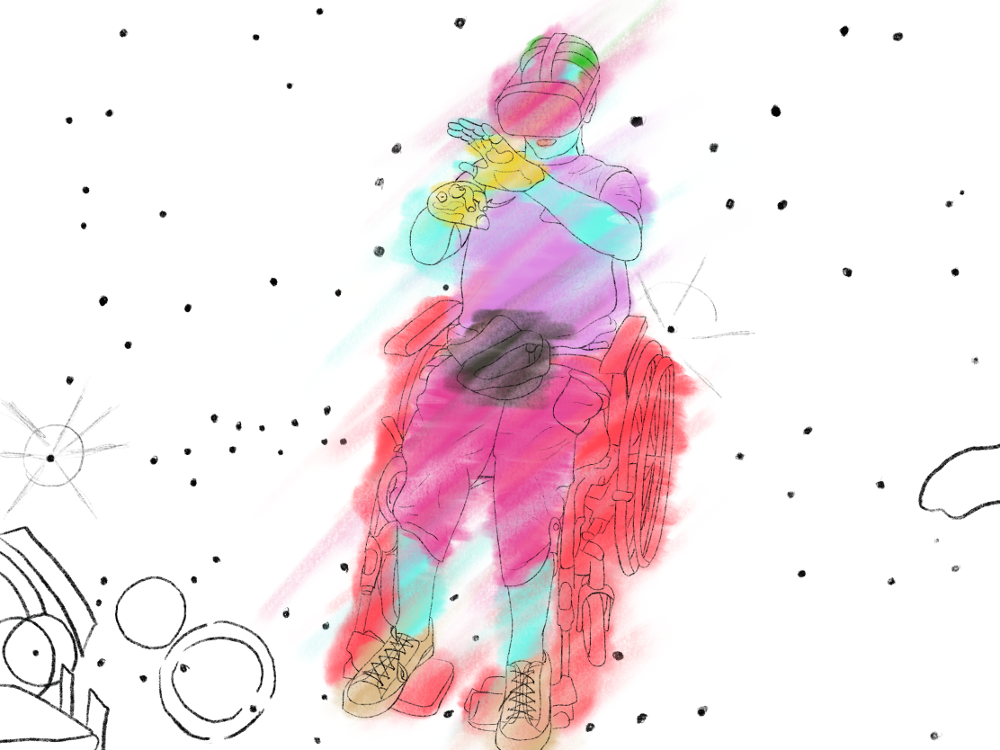
In Games Research and concerning player experiences, we often talk about embodied play only in certain contexts; particularly, we talk about embodied play, when we specifically use our entire body in play, as in we dedicate our entire movement to play. You know, if we take it for a second out of a digital context: board games then would not be considered bodily play whereas Twister would be.
Now let me trouble that a bit. I assume most of you are familiar with the game Monopoly? Is your body involved? How? It’s restricted a bit by the context, with the table and sitting down, but still moving around, stretching across the board, frustratedly hitting the table, throwing your arms up in the air.
As you can see, I try to think about the body in play a bit differently. Basically, as soon as you have a body (and that’s everyone here), play is *embodied*. If you take one thing away from this talk, it is that whenever you design a game or try to get at a player experience, these players will have bodies and the context of your game and platform will shape that embodied experience by allowing for certain type of movements or prohibiting them.
What helps us in understanding this, is a specific theory within Media Studies. Specifically, Film Studies. Christine Voss has developed this theory on the ‘Surrogate Body’ to understand cultural and mediated immersion in movies. Immersion is the suspension of disbelief, when your reality is encompassed entirely by the movie you’re watching or, in our case, the game we are playing. In other words: Immersion is what happens if you feel like you’re ‘really there’.
Distilled into one sentence, the surrogate body theory says that immersion happens when a viewer lends their affective (and emotional) responses to the film. I want you to recall for a second a scene in a film, that did something with you in that regard, a moment that stuck with you. Take 20 seconds.
Let me share an example from my own experience. I recall the final showdown in ‘The Good, the Bad and the Ugly’, where the movie cuts quickly between close-ups of the eyes of the three protagonists. I always feel queasy and slightly uncomfortable thinking about it, because it creates such a close moment with the characters on screen. That is an affective and an emotional response. And I wouldn’t have that response in that moment if I weren’t watching the movie. Or recalling it. Hence, I’m giving some of that to the movie, figuratively speaking.
Voss then says, that this embodiment of affect leads to a metaphorical body that is made up of the intersubjective interplay between viewers and film and facilitated through physical aesthetic distancing. That means, the surrogate body, she identifies is exactly that interplay between myself and the movie, that creates a figurative, metaphorical body having the affect and that that only happens by me watching that movie.
However, I found this very abstract. So I went, literally, to a drawing board and tried to figure out, what this might mean. Where is that surrogate body? What do people do? As you see here, not a lot, the affective response can be outward or not, the screen is quite far away and has to bridge a large distance and the embodied reactions are fairly limited by the physical constraints of the chairs, seating options and social expectations from other viewers. Shhhhh….
But is it the same for every context?
Christiane Voss, the main person behind the theory, is at Uni Weimar, by the way, where I did my undergrads and master…. a while ago. And for the last five years, I’ve been angry about one particular footnote in which she claims games and digital media to be essentially equivalent to cinematic dispositives. And I was like, Really? And so, I tried to think about what this theory could give us to understand bodies in play more holistically.
Let’s first talk about a very stereotypical gamer image at a personal computer setup. We still have a screen, sometimes multiple, but suddenly we have the surrogate body located in two positions.
What happens if we play a game, is that we also provide input. Games require players to be active, to steer to progress. Even in the most basic of unbranched narratives, people will have to do *something* to advance the plot.
So, players not only lend affective responses, but also *lend their actions* to the game. In playing these games, it’s however, not only the actions players lend. Remember that evocative movie response? Can you think of a game that emotionally stuck with you? Again, no need to share, but take 20 seconds to think.
I am comfortable sharing with you that I enjoy the deeply frustrating experience I have when playing SuperHexagon. On the other hand, playing Undertale, that game made me not only feel intrigued and involved when I played it, it went further and made me question my actions within the game. I don’t want to spoiler it for those of you who haven’t played it but if you want to understand my thinking on convergence of actions and emotions, that’s the perfect game to think about it.
However, emotional responses can also have damning consequences for gameplay. If players become frustrated and yell at the game or their character and kick a glass of water over their equipment…. just think about the horror.
Let’s switch to mobile games then. Mobile devices, such as smartphones and tablets, are readily available to players in a range of different contexts. Private and public settings are equally common, but players tend to play by themselves with one single device. Of course, there is Pokemon Go and the like, but we’re also trying to keep things within single player settings right now, to make it a bit easier on ourselves. So, when interacting with mobile devices, players’ touch input occludes part of the screen. That means, while you interact with the screen, you also don’t see exactly where that is, because the game surface and the surface of your action are the same. Hence, most touch gestures, notably tapping, require players to continuously engage and disengage with the device itself as to be able to take in the entire screen without the occluding hand. This means, there is a temporal separation of how affect and action inputs are actualised. You cannot at the same time see everything and act on it. That means that action and reaction are temporally separated. They do not happen at the same time.
Let’s switch again: What about embodied gaming, like with a wii, kinect? There you don’t necessarily need to be directly connected to the environment But suddenly your entire body becomes a surrogate body with a decided focus on a screen. Any action you do might have consequences for the game, making displays of affect either part of the game or a point of disruption. If you express your frustration, the game can recognise it and react to it. Your frustration becomes immediate part of the gameplay as your entire body is part of it; it is recognised explicitly, not just implicitly as might be the case in our previous examples.
And your body shape and form suddenly becomes relevant as well. What if you have a minority body, but the game expects you to stand? What if someone (like me), twitches and fidgets a lot? They impact the game and that impacts their experience. Though, again, these bodies also might have impact on our previous examples. On desktop games, it means that different players might be able to do different things with different precision or fuzziness (depending on what is desired), in mobile games, small buttons can become really frustrating when you happen to have a tremor.
Can you relate to a playing experience, where you felt your body and the game didn’t quite fit?
For me that’s, funnily enough, again, SuperHexagon because it required me to be super fast and concentrated on one single thing. Something that is super hard for me.
What I’m trying to say is that even if we measure player experiences through questionnaires and assess them across an average, that average might still let people down and you have to reflect on the bodies that are privilege to your immersion. It’s not just the bodies we have that shape our gameplay, though, it’s also what we have done with them, our lived experiences.
Our bodies also have implications for ways of knowing: the more associated certain actions are with things we do outside of games as well. Playing a Switch Labo fishing game, a player can draw from an experience of fishing from carnival games while also practicing this action for different non-digital contexts. Hence, the embodied experiences of players play an additional role in how they lend their body to the surrogate body with the game.
Then the surrogate body can become entirely encompassing, when you lend your entire body to the game environment and, how you see in VR, even suspend some sensory perceptions of your physical environment to the game environment. You don’t even see or hear anything else anymore, you only see and hear the game environment and move within it.
Though, let me also trouble this for just a second again. because what you see here is a majority body, one that you generally tend to design for, one that is ‘more or less like you’. And I want to encourage you to design for radical difference, if you want your game to be playable by many different kinds of bodies.
Besides making the point of expanding the surrogate body theory to play contexts and troubling Christine Voss’ footnote by specifying that in games, we not only lend affect but also embodied actions to a given game in different contexts to the emerging surrogate body, we also encourage game designers to instead of following the latest technological trends, make more conscious choices in designing their games alongside desired embodied experiences — not just in explicitly fully embodied play scenarios.

